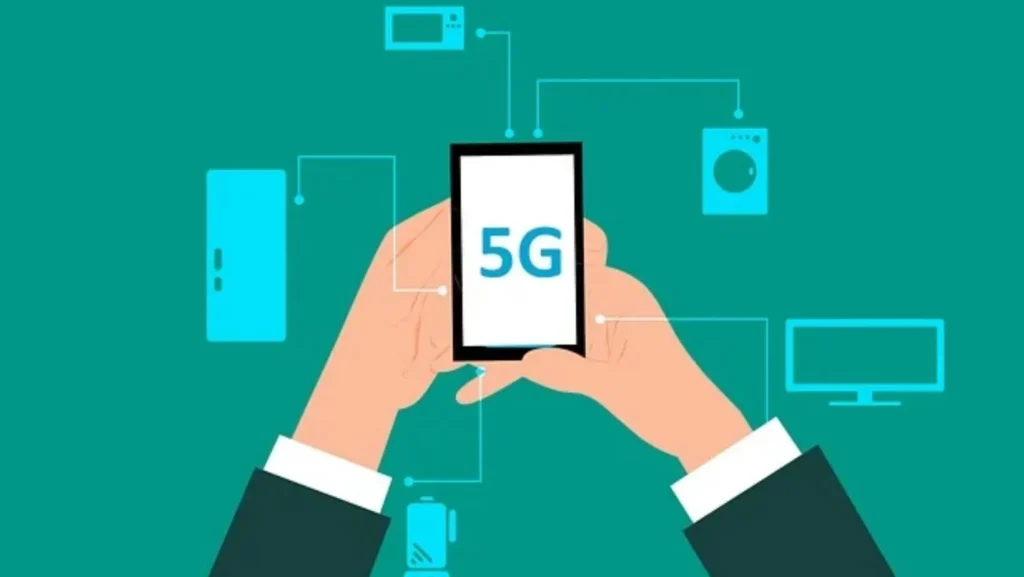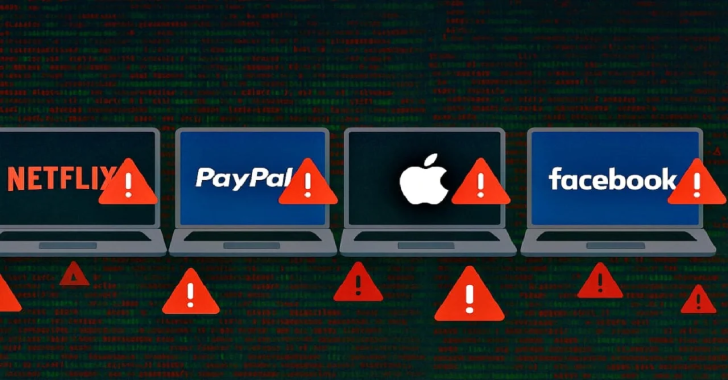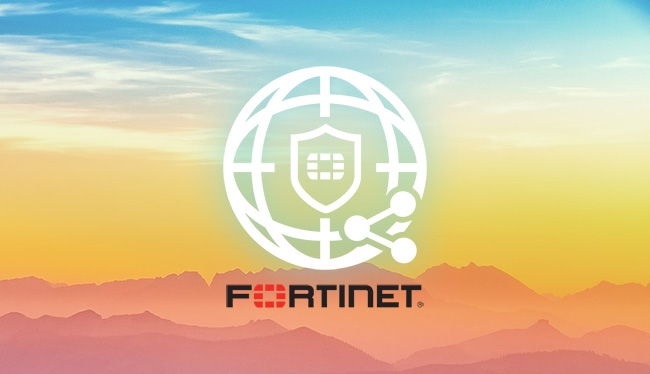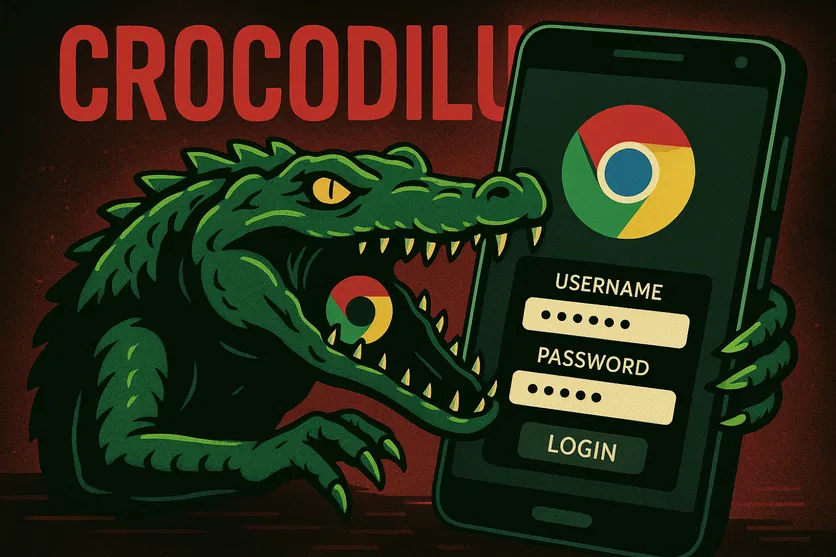“Why 5G Security Isn’t Just Important—It’s Essential for the Future!”
Have you ever wondered why there’s so much buzz around 5G? It’s not just about faster internet. It’s a game-changer.
Think about how we use technology today—streaming movies, smart home devices, remote surgeries, self-driving cars, even virtual reality experiences. Now imagine all of that getting 10x faster, more responsive, and better connected. That’s what 5G brings to the table.

But here’s the thing:
As powerful as 5G is, it opens up new risks too. With more speed and more connections come more doors for hackers to walk through.
That’s why security in 5G networks isn’t just an added feature—it’s the foundation. Without strong protection, all the amazing things 5G can do might be at risk. Imagine a hacker getting access to a remote surgery session or hijacking connected vehicles. Scary, right
Why This Guide Matters
The goal of this guide is simple:
To help you understand the importance of 5G network security—even if you’re not a tech expert.
Whether you’re a business owner, tech enthusiast, or just someone curious about how your world is changing, this guide will break things down in plain English. We’ll cover everything from how 5G security works, to what threats are out there, and even what experts recommend to keep things protected.
So, buckle up—because by the end of this guide, you’ll not only understand why 5G security is critical, but you’ll also be equipped to talk about it with confidence.
2. The Evolution of Mobile Network Security (Briefly)
To understand why 5G security matters so much, it helps to take a quick walk down memory lane. Mobile networks have come a long way—not just in speed, but also in how they keep your data safe.

2G – The Early Days: Security Was Basic
Back in the early 1990s, 2G was revolutionary. It let us send text messages and make digital calls.
But here’s the catch:
Security wasn’t a big priority yet. Encryption was very weak, which meant anyone with the right tools could eavesdrop on calls or intercept texts.
3G – A Big Security Upgrade
When 3G rolled out, things started getting serious. It brought better encryption and user authentication. This made it harder for attackers to tap into your calls or access your phone.
Still, there were loopholes. Hackers found ways to impersonate networks and trick devices.
4G – Faster, Smarter, and More Secure
4G introduced blazing-fast internet and powered apps like Netflix, Uber, and WhatsApp. Security got better, too.
It added mutual authentication, which means your phone verifies the network and the network verifies your phone.
But even with all this, cyber threats kept evolving. 4G security wasn’t built for IoT devices or virtual networks, which started popping up everywhere.
Enter 5G – Security for a Hyperconnected World
Now here comes 5G, and it’s on a whole new level.
We’re talking billions of connected devices, from smart fridges to connected cars. To protect this massive network, 5G brings next-gen security tools like:
- Stronger user identity protection
- End-to-end encryption
- Secure network slicing
- Enhanced threat detection
In simple terms, 5G builds on everything 4G did right—and fixes what it didn’t. It’s designed to handle more devices, more data, and more dangers.
3. Key Security Features and Enhancements in 5G

5G isn’t just faster—it’s smarter and much safer. Let’s break down some of the most important security features that make 5G a giant leap forward.
User Identity Confidentiality: Keeping You Anonymous (SUPI Concealment)
In older networks, your device’s identity was sometimes visible during communication. This is like shouting your name in a crowded room—not very private!
With 5G, your unique identifier (called SUPI) is hidden or “concealed.” Think of it like a secret code name that only the network and your device know. This helps protect your privacy and makes it harder for hackers to track or impersonate you.
Stronger Authentication and Authorization
5G adds extra layers to check who you are and what you’re allowed to do. It’s like having a security guard who not only checks your ID but also makes sure you have the right clearance to enter certain areas.
This means devices and users must prove they’re legit before connecting, reducing the chances of fake devices sneaking in.
End-to-End Security Architecture: From You to the Cloud—and Back
One of 5G’s coolest features is its end-to-end security. Imagine sending a letter inside a locked box that only the sender and receiver can open—nobody in the middle can peek.
This keeps your data safe all the way from your phone to the services you’re using on the internet, providing continuous protection.
Network Slicing Security: Customized Protection for Different Needs
5G lets operators create “network slices.” Think of these as private lanes on a highway, each designed for different uses—like gaming, streaming, or emergency services.
Each slice has its own security rules tailored for its specific needs. For example, the slice used by hospitals will have much stricter protections than one used for casual browsing.
Security at the Edge: Protecting Data Close to You
With 5G, a lot of data processing happens at the “edge” — closer to your device instead of faraway data centers.
This reduces delays but also means security must be tight right where the data is created. 5G includes protections to guard these edge locations, keeping your data safe even outside the central network.
4. Potential Security Threats in 5G
5G opens the door to amazing possibilities. But like any powerful technology, it also brings new risks and challenges. Let’s talk about some of the key security threats facing 5G networks.

A Bigger Attack Surface: Virtualization and Cloud Risks
5G relies heavily on virtualization and cloud computing. This means many network functions are software-based and run on shared cloud servers instead of dedicated hardware.
While this makes networks flexible and efficient, it also increases the attack surface—basically, there are more places for hackers to try to break in.
Imagine a big apartment complex with many doors and windows. The more doors you have, the more ways someone could try to sneak in. That’s what virtualization does—it adds more “doors” hackers might target.
New Weak Spots: Network Slicing Vulnerabilities
Remember how 5G can split its network into “slices” for different uses? Well, each slice is like its own mini-network with its own security rules.
If one slice isn’t properly secured, it could become a backdoor for attackers to access other slices or the core network.
It’s like having a fancy hotel with separate floors for VIPs and regular guests—if the security between floors is weak, troublemakers might wander where they shouldn’t
IoT Explosion: More Devices, More Risks
5G is powering a massive increase in Internet of Things (IoT) devices—everything from smart thermostats and cameras to connected cars.
Many of these devices have weak security because they are low-cost or not regularly updated.
This makes them easy targets for hackers, who can use compromised IoT devices to launch attacks or spy on users.
Sophisticated Cyberattacks Targeting 5G Infrastructure
With so much riding on 5G networks—like emergency services, financial systems, and transport—the stakes are high.
Hackers and even nation-states may try complex, coordinated attacks to disrupt or take control of 5G infrastructure.
Think of it like a high-stakes chess game, where attackers try to outsmart defenders to cause major damage.
5. The Role of Standards and Regulations (e.g., 3GPP)
When it comes to 5G security, consistency is key. Imagine if every phone company used its own rules for protecting your data—your experience and safety would be all over the place!
That’s where standards and regulations come in. They are like the rulebook that everyone follows to keep 5G networks safe and reliable worldwide.
Why Standardization Matters
Standards make sure that all parts of the 5G network speak the same language when it comes to security.
This helps different devices, operators, and services work together smoothly and safely.
Without standards, security gaps and incompatibilities could pop up, making networks easier to attack.
Think of it like traffic laws: no matter where you drive, the rules are mostly the same to keep everyone safe.
Meet 3GPP: The Security Rule-Maker for 5G
The 3rd Generation Partnership Project (3GPP) is one of the main organizations creating these security standards for mobile networks.
They define key specifications on things like:
- How devices authenticate themselves
- How user identities stay private
- How encryption works throughout the network
These rules ensure that every 5G device and network provider follows a high bar for security.
Global Impact of Standards
Because 3GPP’s standards are widely adopted, they help create a secure and interoperable global 5G ecosystem.
This means your phone can work safely whether you’re at home, traveling abroad, or switching carriers.
And operators have a clear framework to build and improve their security measures.
6. Best Practices for 5G Network Security

Deploying 5G isn’t just about faster internet—it’s about making sure it’s secure from day one. Whether you’re a network operator or a business using 5G, following the right security practices is essential.
Let’s dive into some of the best ways to keep your 5G network safe and strong.
Start with a Layered Security Approach
Think of 5G security like locking the doors to your house—and also adding alarms, cameras, and a neighborhood watch.
A layered security approach means you don’t rely on just one defense. Instead, you have multiple protections working together:
- Secure user authentication
- Encryption to protect data in transit
- Firewalls and intrusion detection
- Regular software updates and patches
This way, if one layer is breached, others are still in place to stop attackers.
Keep an Eye Out: Continuous Monitoring
Security isn’t a one-time job. 5G networks are complex and constantly changing.
That’s why continuous monitoring is crucial. It means watching network activity in real time to spot anything unusual quickly.
With modern tools, operators can detect and respond to threats before they cause harm—kind of like a security guard who’s always alert.
Use Threat Intelligence to Stay Ahead
Threat intelligence is all about learning from past attacks and sharing that knowledge across the industry.
By understanding how hackers operate, you can prepare defenses against new threats.
Think of it like a weather forecast: knowing a storm is coming helps you get ready.
7. Conclusion
“Why Strong 5G Security Is the Key to Our Connected Future”
As we’ve seen throughout this guide, security is the foundation of 5G’s success. Without strong protections, all the speed and innovation 5G offers could be at risk.
Robust security isn’t just a technical detail—it’s what makes 5G trustworthy for businesses, governments, and everyday users.
5G will power everything from smart cities to connected cars and remote surgeries. But if the network isn’t secure, these amazing possibilities could face serious threats.
That’s why every step—from protecting user identity to monitoring threats continuously—matters.
Looking ahead, 5G security will keep evolving. New technologies and standards will emerge to tackle future challenges.
We’re in a continuous journey of improvement, learning from every threat to build stronger, smarter defenses.
In short, securing 5G networks is not just an option—it’s a must.
By embracing the best practices and staying vigilant, we can unlock the full potential of 5G safely and confidently.










